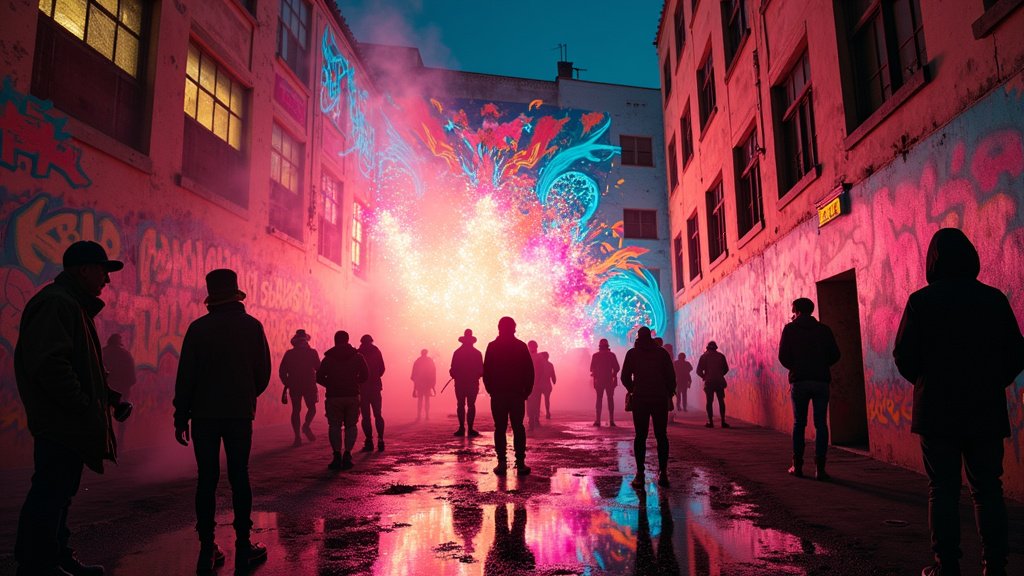Los Angeles, CA – In a significant pivot towards environmental stewardship, a growing number of prominent textile manufacturers within Los Angeles’ historic Garment District are rapidly implementing advanced, low-impact dyeing processes. This strategic shift is poised to drastically reduce water consumption and mitigate the discharge of chemical runoff, addressing long-standing environmental challenges associated with traditional textile production.
Driven by a confluence of escalating global environmental concerns and the emergence of new, compelling sustainability incentives, this movement is not merely an operational upgrade; it represents a fundamental reimagining of how textiles are colored in one of North America’s key manufacturing hubs. By embracing these innovative techniques, the LA Garment District is increasingly positioning itself at the forefront of eco-friendly textile production on the continent.
The High Environmental Cost of Traditional Dyeing
Historically, the textile dyeing industry has been notoriously water-intensive and a significant source of pollution. Conventional dyeing processes typically require vast quantities of water for both the application of dyes and subsequent rinsing cycles. This results in substantial wastewater streams often laden with residual chemicals, heavy metals, and unfixed dyes. The discharge of this effluent into water bodies poses serious risks to aquatic ecosystems and human health, necessitating costly and complex treatment processes.
The scale of water consumption in traditional dyeing is staggering. Estimates vary, but producing just one kilogram of finished textile can require anywhere from 100 to over 200 liters of water, a figure that becomes acutely concerning in regions facing water scarcity, including parts of the Western United States. Furthermore, the chemical compounds used – including mordants, fixing agents, and dyeing auxiliaries – can be hazardous if not managed properly.
Embracing Low-Impact Processes
The advanced dyeing technologies now being adopted by LA-based firms offer a stark contrast to these traditional methods. While specific technologies may vary between manufacturers, they generally fall under the umbrella of processes designed to minimize environmental footprint. These include techniques such as digital printing, which uses significantly less ink and water; supercritical CO2 dyeing, which uses pressurized carbon dioxide as the dyeing medium, eliminating water entirely; and various low-liquor ratio dyeing machines that dramatically reduce the volume of water needed per unit of fabric.
These innovative methods not only conserve vast amounts of water but also lead to a substantial reduction in chemical usage. Many newer dye formulations are less toxic, and the efficiency of uptake is improved, meaning fewer chemicals are left in the wastewater. The result is a cleaner, less voluminous effluent stream, easing the burden on wastewater treatment facilities and reducing the risk of environmental contamination.
Manufacturers are finding that while the initial investment in these advanced systems can be significant, the long-term operational savings from reduced water, energy, and chemical consumption, coupled with potential regulatory benefits and enhanced brand image, make a compelling business case.
Drivers: Environment and Incentives
The impetus behind this rapid adoption is twofold. Firstly, there is an undeniable and growing awareness of the environmental consequences of industrial activities. Consumers, brands, and regulators are increasingly demanding more sustainable practices throughout supply chains. For businesses operating in a fashion-forward region like Los Angeles, aligning with environmental values is becoming essential for maintaining relevance and market access.
Secondly, various sustainability incentives are playing a crucial role. These can range from government grants and tax credits for adopting green technologies to industry-led certification programs that reward eco-friendly practices. Furthermore, many large retail brands are setting their own stringent sustainability targets for their suppliers, effectively creating a market-driven incentive for manufacturers to upgrade their processes.
This combination of genuine environmental concern and tangible economic and market pressures is creating a powerful momentum for change within the Garment District.
Shaping North America’s Sustainable Textile Future
The concentrated effort by Los Angeles’ prominent garment manufacturers to adopt these water-saving technologies positions the city as a potential model for sustainable textile production across North America. While other manufacturing centers exist, the LA Garment District has a unique history and density of operations, making its collective shift particularly impactful.
By demonstrating the viability and benefits of low-impact dyeing on a significant scale, LA firms are not only cleaning up their own operations but also setting a precedent and building expertise that can influence practices elsewhere. This move enhances the region’s competitiveness in a global market that is increasingly valuing sustainability.
The commitment shown by these leading firms underscores a broader trend towards responsibility within the fashion and textile industry. It highlights a recognition that environmental performance is no longer a niche concern but a core component of modern manufacturing excellence.
Conclusion
The accelerated adoption of water-saving dyeing technologies by prominent firms in the LA Garment District marks a pivotal moment for the region’s textile industry. This proactive response to environmental imperatives, bolstered by strategic incentives, promises significant reductions in water usage and chemical pollution. As these advanced processes become more widespread, Los Angeles is solidifying its reputation not just as a fashion capital, but as a leader in sustainable textile manufacturing, potentially paving the way for greener production methods throughout North America.





